You're contemplating buying a watch.
On one hand you have an affordable watch. $50 range.
In the other hand? $500.
You begin to ask. What's the difference?
Are you really getting something much better, or just buying a name?
What makes that higher end price tag worth paying for?
Is it worth it? Or a rip-off?
You, just like many, are on a budget and want quality for the price.
So the question is: How do you know if you're purchasing a quality watch?
What's the difference between a $50 watch and a $500 watch?
Throughout this article, I’ll use some terms that are common knowledge to some but others may not know them so I’ll define them below.
- Crystal – The “glass” that covers and protects the face of the watch
- Face – The part of the watch which has the second, minute, and hour hands attached to it.
- Bezel – The rim that holds the watch crystal
- Case – The metal casing that encloses the works of the watch
- Band – faux leather, leather, rubber, polyurethane, or cloth arm strap that’s attached to the case of a watch and goes around the wrist
- Bracelet – Metal links that are attached to each other and the casing of a watch.
- Clasp – The part of the watch band or watch bracelet that locks the band/bracelet in place.
5 Key Differences Between A $50 Watch and a $500 Watch
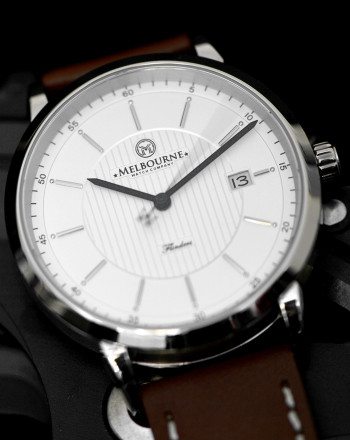 Watch Quality Indicator #1 – Craftsmanship
Watch Quality Indicator #1 – Craftsmanship
So when it comes to determining the difference between and $50 watch and a $500 watch the first thing you want to look at is craftsmanship.
Craftsmanship speaks to the time, effort, and attention to detail that the watchmaker put into creating this timepiece. It’s the quality of the work or design of the watch; its artistry.
$50 Watch – The craftsmanship and quality of the materials to make the watch will be Minimal. Poor craftsmanship can be spotted quickly in certain parts of the watch if you know what to look for. Things like:
- Poorly constructed bracelets and weak casings
- Frayed bands that easily crack and crease
- Faded or uneven metal plating on the casing and clasp/bracelet
- Watch hands that move when the watch is shaken
$500 Watch – The craftsmanship will be quality. Noticeable attention was paid and it’s evident in the watch's construction.
- You can feel the difference on your wrist. Sturdiness. This is a generalization but it feels more durable and able to withstand the rigors of a man’s day. Simply put, you don’t feel like you’re going to break it.
- There will be nuanced details that stand out. For example, if you can see the inner parts of the watch (gears, rotors, etc.) they are appealing to the eye and don’t look like clutter.
- Leather bands will be thick and comfortable; metal bracelets will be sturdy and generally stainless steel, aluminum, titanium or precious metals
- The back of the watch will tell you the features of the watch such as water resistance, type of metal used, the movement of the watch, etc.
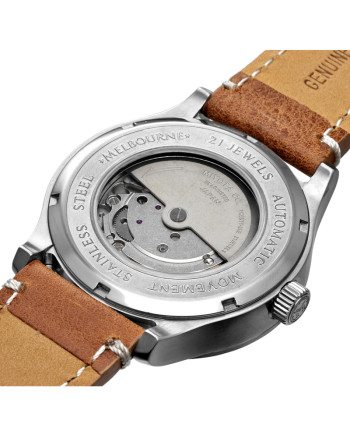 Watch Quality Indicator #2 – Quartz Vs Mechanical Movement
Watch Quality Indicator #2 – Quartz Vs Mechanical Movement
Second, the movements of the watches will be different. A watch movement is the internal mechanism of the watch. There are two main types of movement – quartz and mechanical.
Quartz: A quartz movement uses electricity to vibrate a quartz crystal at a specific frequency. An electronic counter measures the vibrations in order to determine elapsed time. Quartz watches are very accurate, robust and durable.
Mechanical: A mechanical watch movement is a watch powered and regulated by mechanical mechanisms, driven by a spring. In a mechanical watch, the time is regulated by an oscillating balance wheel, with each oscillation advancing the watch by a fraction of a second.
$50.00 Watch – Quartz movement is found in the lower quality watches. Quartz is the most common movement and can be manufactured relatively inexpensively. It's powered by a battery that emits electricity into a quartz crystal which helps regulate the time.
The quartz movement is the most accurate movement and considered durable. One central reason that the price remains reasonable is that quartz watches don't have as many small moving parts which require less human labor for assembly.
$500.00 Watch – Quartz and mechanical movement. The mechanical movements are usually found in the luxury brands. Mechanical watches aren’t as accurate but the craftsmanship is of a higher quality and comes at a higher price. Mechanical movements are highly respected among the watch collectors community due to the skill level it takes to hand create it.
In mechanical watches, the second hand advances a few times per second giving the illusion of a clean sweep. In fact many mechanical watches are automatics/self-winding watches. This means that there is a mechanism (usually a mechanical rotor) that collects energy as you move around. The watch stores the energy in a spring which automatically winding your watch. The watch will stop if it’s not worn for a few days.
Another feature that's in mechanical watches are the jewels. Jewels are placed between the parts of the watch to protect them from wear and tear. These elements drive the price up because of the time and attention to detail that it takes to manufacture and assemble the mechanical parts.
*Do note that quartz movement are found in higher priced watches as well.
Watch Quality Indicator #3 – Quality Of The Glass
Thirdly, the quality of a watch can be seen in the quality of the crystal (glass the protects the face of the watch). There are 3 types of crystals that are used in varying qualities of watches.
- Mineral Glass
- Plastic/Acrylic Glass
- Synthetic Sapphire
$50 Watch – Mineral Glass
Lower quality watches generally use the mineral glass crystals. There are varying levels of quality but it’s inexpensive to manufacture. It’s also not scratch resistant. The scratches can be buffed out through a tedious process but at the price point that it’s offered most watch owners discard them rather than remove the scratches.
$500 Watch – Acrylic Glass and Sapphire
Acrylic glass is very difficult to break. It’s actually a polycarbonate plastic and can scratch. However, the scratches can be buffed out easily. It’s occasionally used in high-end watches because it can be rounded into shapes that are warmer to the eye.
Sapphire is a new development in horology. It’s actually a synthetic sapphire, is difficult to shatter, and requires diamond or sapphire tip to scratch it. Its resiliency is a perfect marriage with quality watches.
Since high-end timepieces have more expensive moving parts, you want the crystal to be stronger.
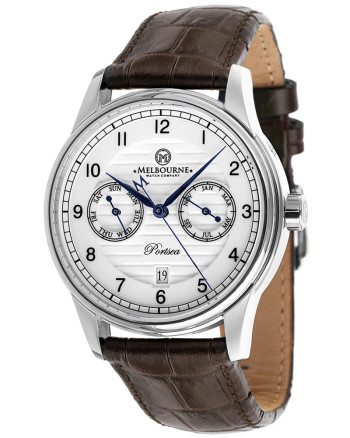 Watch Quality Indicator #4 – Complications
Watch Quality Indicator #4 – Complications
Complications are additional features that the watch may have. There are two distinct types of complications, chronological and non-chronological. Chronological complications are additional features that aid in telling time. Non-chronological complications are those that have nothing to do with time telling such as a compass or an altimeter.
$50 Watch – Complications are few if any. The watch will tell time and that’s about it.
$500 Watch – There are a number of different chronological complications such as
- Day
- Date
- GMT
- Chronograph
- Moon phase and more.
These features require more time and effort to create and show a strong commitment to craftsmanship and functionality. A watch with more functioning complications (as opposed to decorative/faux complications) will be of a higher quality and price tag.
Watch Quality Indicator #5 – Smoothness of the Movement
Smoothness of the movement refers to how the second hand is advancing.
$50 Watch – The movement of the second hand will be 4 or less movements per second. This means that you can see the second hand rigidly moving. Choppy movements of the second hand are what create the tick-tock sound. If this sound is heard, it's considered to be of lower quality.
$500 Watch – The movement of the second hand will be smooth. It will be approximately 5 or more movements per second. The amount of movements gives the appearance of the second hand moving in a smooth and continual motion. You will not hear the ticking of the watch if you put it up to your ear.
Click Here To Watch The Video – What's the Difference Between a $50 and $500 Watch?
The post 5 Key Differences of Low Vs High End Watches appeared first on Real Men Real Style.
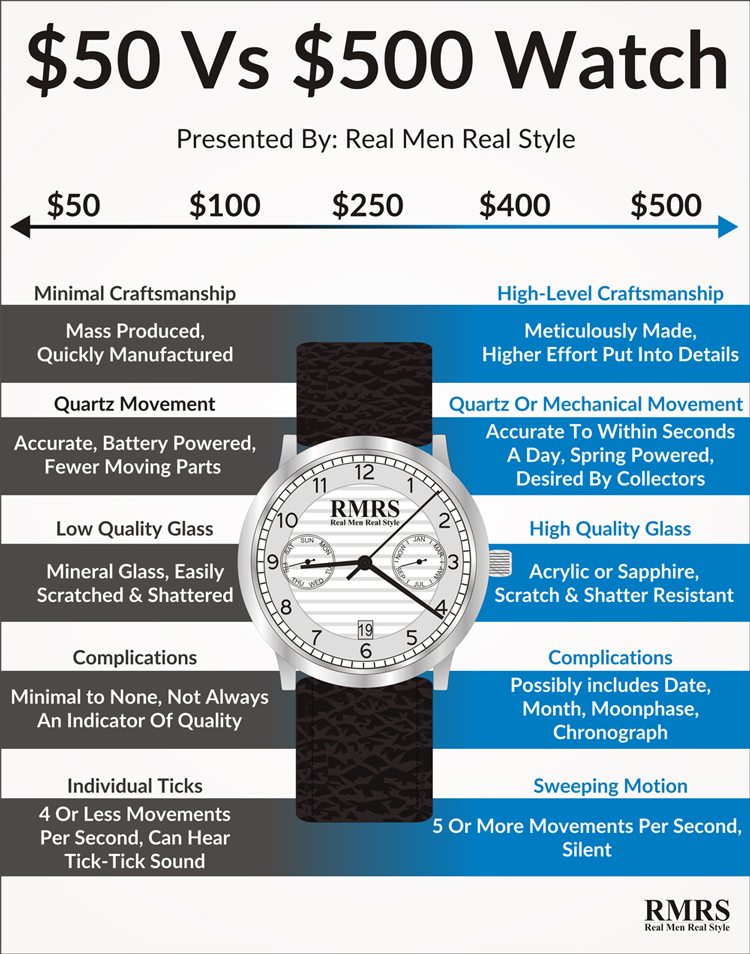
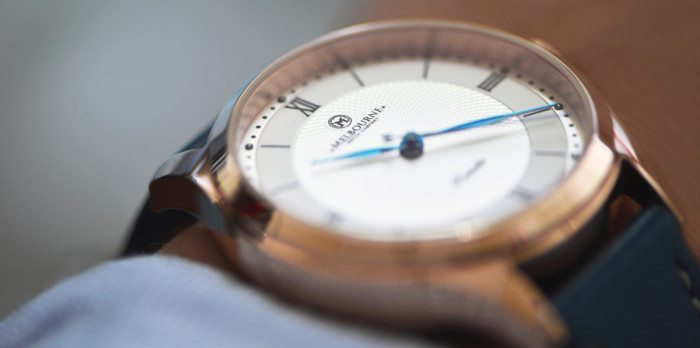
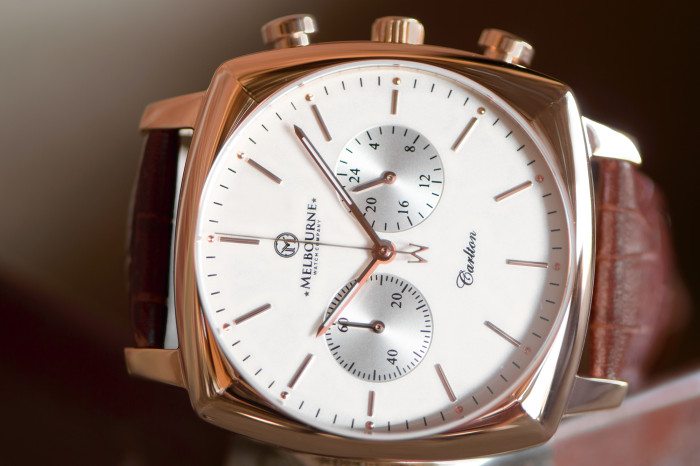

0 Commentaires